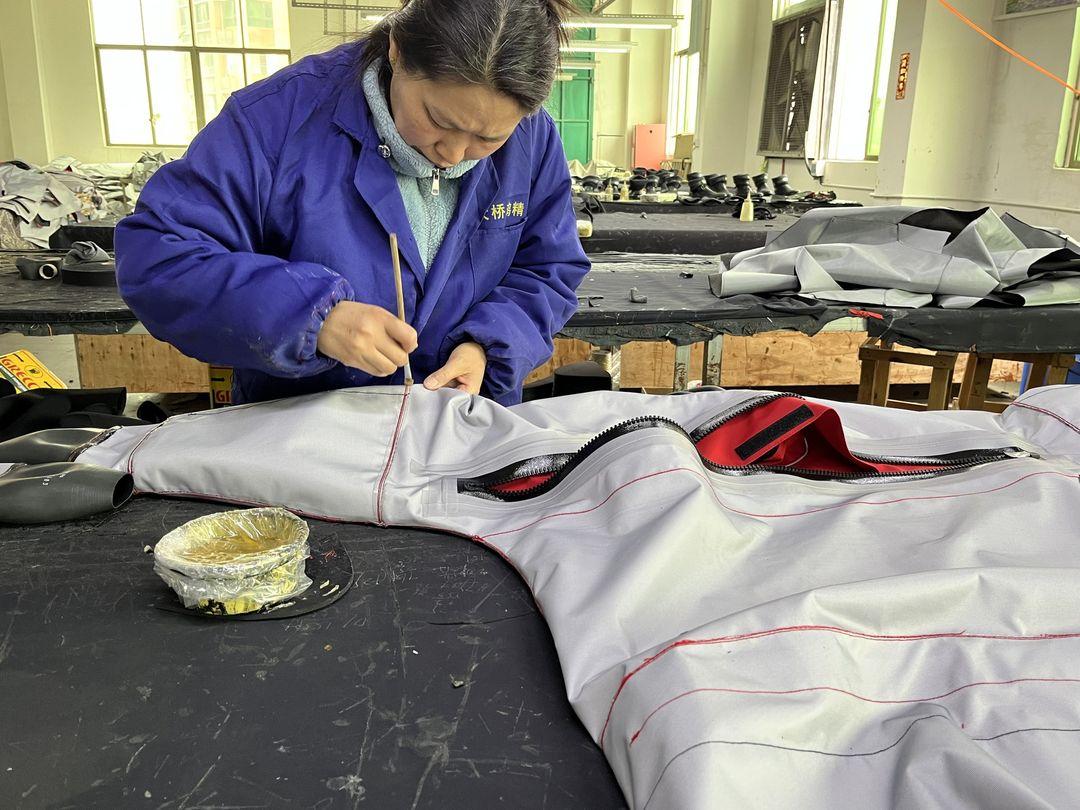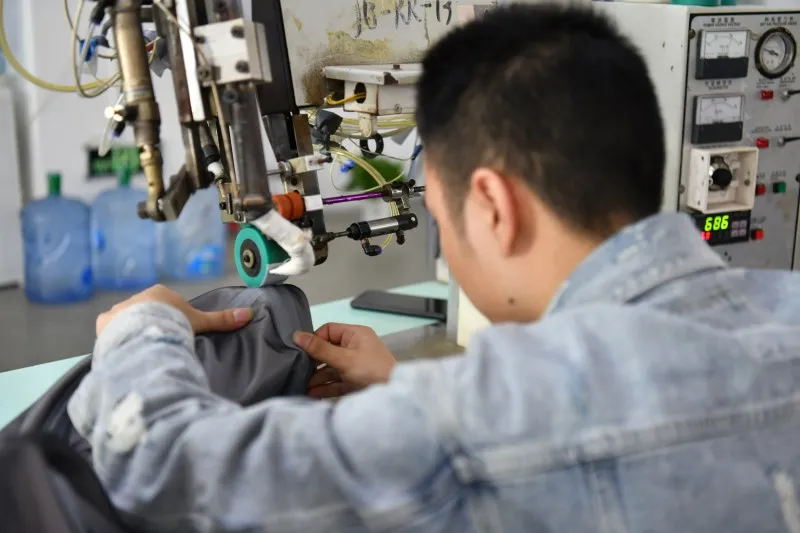Drysuits, renowned for their ability to keep divers and water sports enthusiasts warm and dry in cold water environments, often come with a hefty price tag. But why exactly are drysuits so expensive?
Firstly, the materials used in constructing drysuits contribute significantly to their cost. High-quality drysuits are typically made from specialized fabrics such as neoprene or breathable waterproof membranes like Gore-Tex. These materials are not only durable and waterproof but also breathable, allowing perspiration to escape while preventing water from entering. The manufacturing process for these materials involves advanced technology and precision, resulting in higher production costs, which are passed on to consumers.
Additionally, drysuits require meticulous craftsmanship to ensure their effectiveness and durability. Each drysuit is tailored to fit the wearer's body, with seams carefully sealed to prevent water leakage. Features such as reinforced knees and elbows, integrated boots or socks, and adjustable wrist and neck seals require skilled labor to assemble, further adding to the overall cost.
Moreover, drysuits undergo rigorous testing to meet industry standards for safety and performance. Manufacturers invest in extensive research and development to continually improve their products, conducting tests for waterproofness, abrasion resistance, and thermal insulation. These tests ensure that drysuits provide reliable protection in harsh underwater conditions but also contribute to their higher price point.
Another factor driving up the cost of drysuits is the limited market demand compared to wetsuits. While wetsuits are suitable for a wide range of water temperatures and activities, drysuits are primarily designed for cold water diving or activities where prolonged exposure to water is expected. As a result, manufacturers produce fewer drysuits compared to wetsuits, leading to higher production costs per unit.
Furthermore, drysuits often come with additional features and accessories that enhance their functionality but also increase their price. Features such as integrated hoods, pockets, and zipper configurations for easy donning and doffing all contribute to the overall cost of the drysuit.


